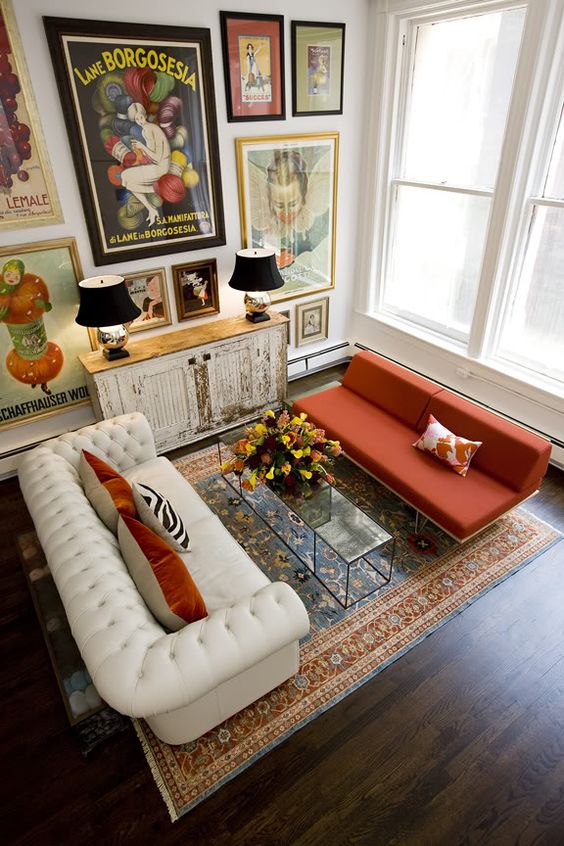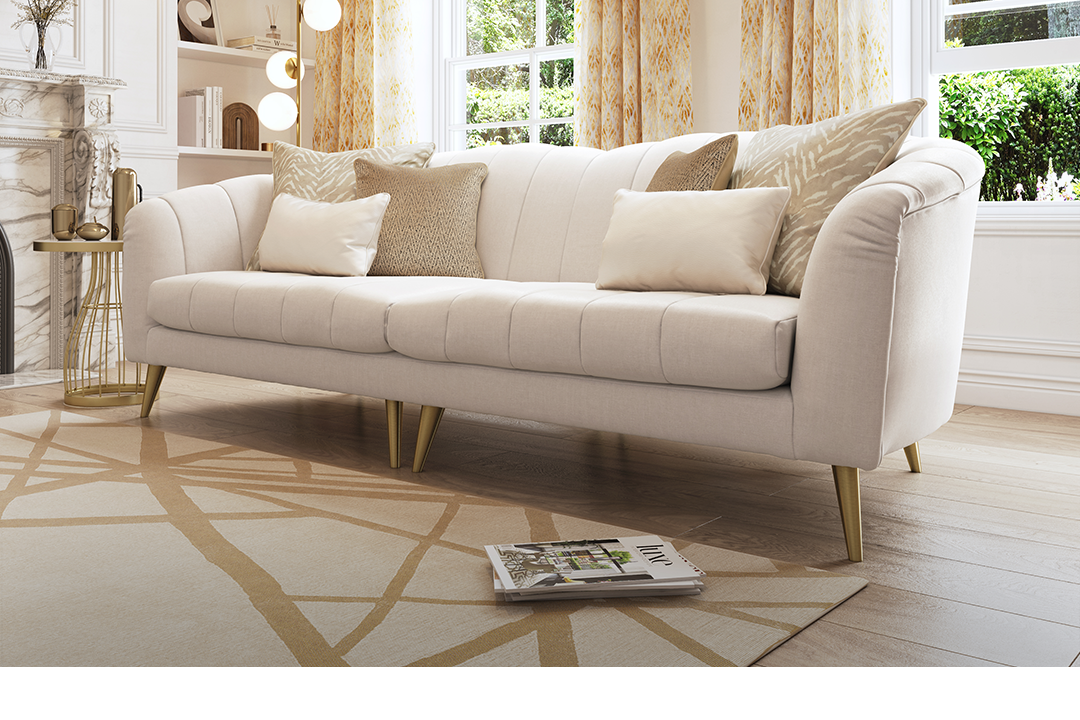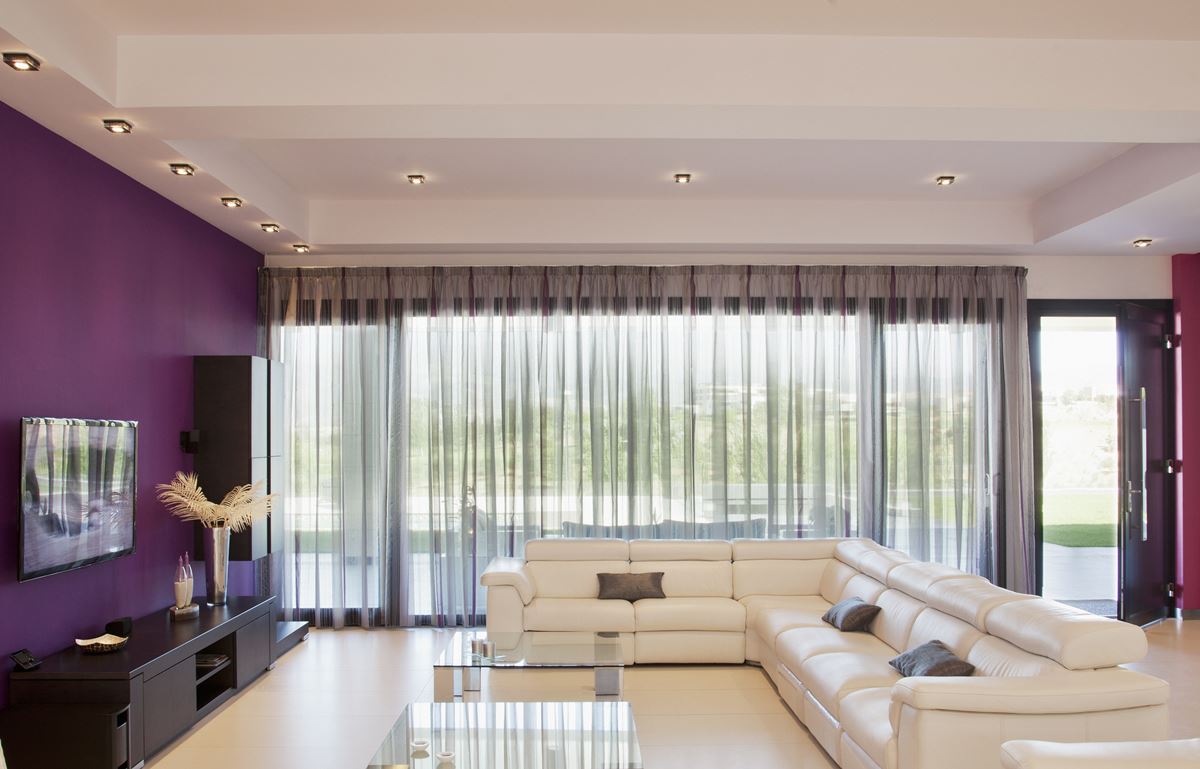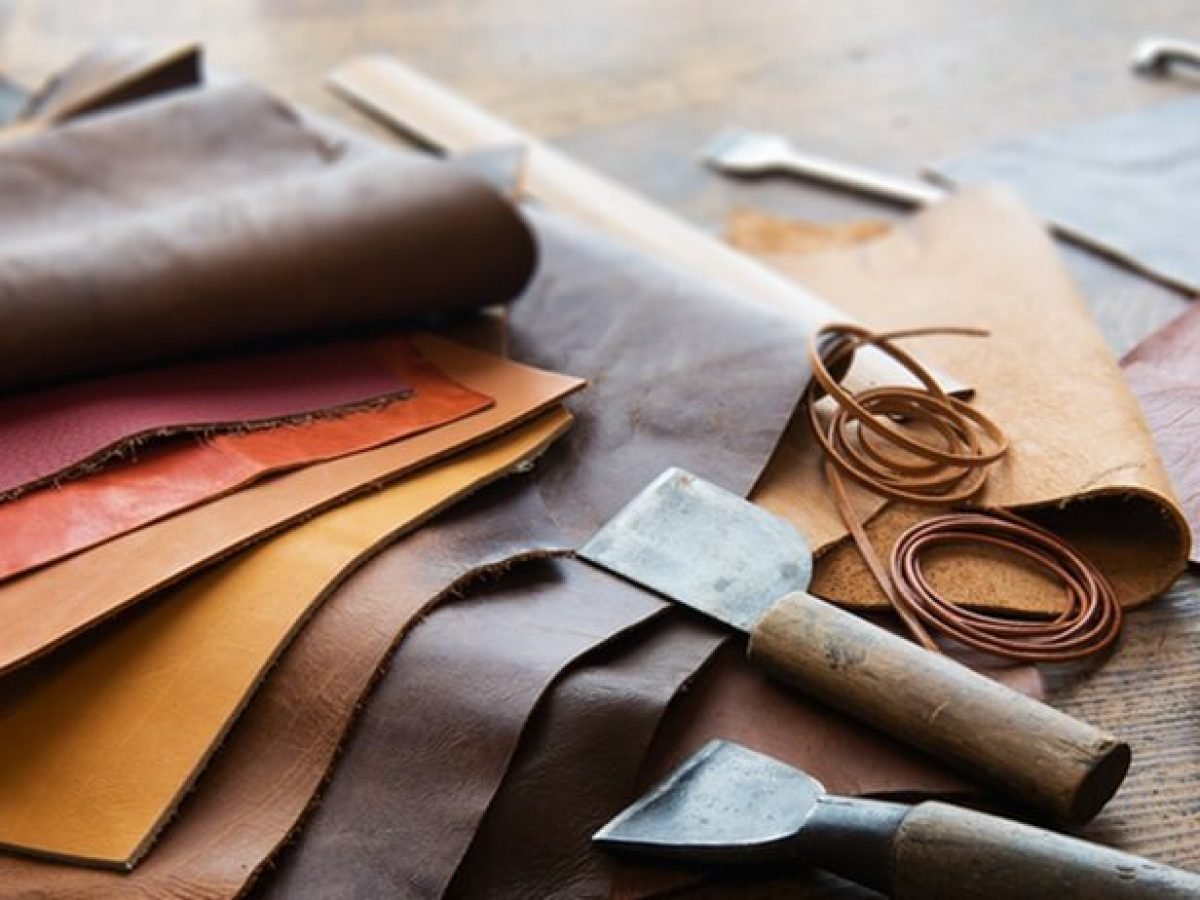Pros and Cons of Leather Sofas
When it comes to choosing the perfect sofa for your living room, leather is often at the top of the list. This luxurious material has been a popular choice for furniture for centuries, and for good reason. But like any other material, leather sofas have their own set of advantages and disadvantages. In this article, we will explore the top 10 pros and cons of leather sofas to help you make an informed decision before making a purchase.
Benefits and Drawbacks of Leather Sofas
Pros:
Durability: One of the biggest advantages of a leather sofa is its durability. Leather is a strong and resilient material that can withstand wear and tear, making it a great choice for high traffic areas in your home.
Easy to clean: Unlike fabric sofas, leather is easy to clean and maintain. Spills and stains can be easily wiped off with a damp cloth, making it a practical choice for families with children and pets.
Timeless style: Leather sofas have a timeless and classic look that never goes out of style. Whether you prefer a modern or traditional aesthetic, a leather sofa can fit seamlessly into any décor.
Comfort: Leather sofas offer a comfortable and luxurious seating experience. The material is soft and supple, conforming to your body's shape for maximum comfort.
Hypoallergenic: Leather is a great choice for people with allergies as it does not attract dust and allergens like fabric does. This makes it a healthier option for your home.
Cons:
Expensive: Leather sofas tend to be more expensive than fabric sofas due to the cost of the material and the craftsmanship required to make them. However, the durability and longevity of leather can make it a worthwhile investment in the long run.
Maintenance: While leather is easy to clean, it does require regular maintenance to keep it in good condition. This includes conditioning the leather to prevent it from drying out and cracking.
Temperature sensitivity: Leather can feel cold in the winter and hot in the summer, making it less comfortable to sit on during extreme weather conditions. However, this can be easily remedied by using cushions or throws.
Scratches: Leather is not completely scratch-proof and can get scratched by sharp objects or pets. While some people may see these scratches as adding character to the sofa, others may find them unsightly.
Not vegan-friendly: For those who follow a vegan lifestyle, leather sofas are not a suitable option. However, there are now vegan leather alternatives available that mimic the look and feel of real leather.
Advantages and Disadvantages of Leather Couches
Pros:
Longevity: A well-maintained leather couch can last for decades, making it a durable and long-lasting investment for your home.
Stain-resistant: Leather is resistant to stains and spills, making it a practical choice for households with children and pets.
Easy to repair: Unlike fabric sofas, leather can be easily repaired if it gets damaged. Minor scratches and scuffs can be buffed out, and larger tears can be patched up.
Low maintenance: Leather sofas require minimal maintenance compared to fabric sofas, which need to be vacuumed and deep cleaned regularly.
Ageing gracefully: Leather develops a patina over time, giving it a unique and beautiful look that adds character to your home.
Cons:
Cost: As mentioned before, leather couches can be quite expensive, and not everyone may be able to afford them.
Sun damage: Exposure to direct sunlight can cause leather to fade and crack over time. It is important to keep leather sofas away from windows or invest in UV-protective window coverings.
Heavy: Leather sofas can be quite heavy and difficult to move, making rearranging your living room a bit of a hassle.
Not pet-friendly: While leather is resistant to stains, it is not scratch-proof. If you have pets with sharp claws, they may cause damage to your leather couch.
Not environmentally friendly: The process of making leather can be harmful to the environment, and some may have ethical concerns about using animal products for furniture.
Pros and Cons of Leather Furniture
Pros:
Timeless appeal: Leather furniture has a classic and sophisticated look that never goes out of style.
Easy to clean: Leather is easy to clean and maintain, making it a practical choice for busy households.
Durable: Leather furniture is built to last and can withstand years of use, making it a great investment for your home.
Comfortable: Leather furniture offers a comfortable and luxurious seating experience, perfect for relaxing after a long day.
Hypoallergenic: As mentioned before, leather is hypoallergenic and does not attract dust and allergens like fabric does.
Cons:
High cost: Leather furniture can be expensive, and not everyone may be able to afford it.
Regular maintenance: Leather furniture requires regular maintenance to keep it in good condition, which can be time-consuming and costly.
Not eco-friendly: Leather production can be harmful to the environment, and some may have ethical concerns about using animal products for furniture.
Not pet-friendly: Similar to leather sofas, leather furniture is not ideal for households with pets that may scratch or damage the material.
Not vegan-friendly: As mentioned before, leather furniture is not suitable for those who follow a vegan lifestyle.
Benefits and Drawbacks of Leather Upholstery
Pros:
Stylish: Leather upholstery adds a touch of elegance and sophistication to any room.
Easy to clean: Similar to other leather furniture, leather upholstery is easy to clean and maintain.
Durable: Leather upholstery is built to last and can handle frequent use without showing signs of wear and tear.
Comfortable: Leather upholstery offers a comfortable and luxurious seating experience.
Hypoallergenic: Again, leather is hypoallergenic, making it a healthier option for your home.
Cons:
Expensive: Leather upholstery can be expensive, especially for high-quality leather.
Prone to scratches: As with any other leather material, leather upholstery is not completely scratch-proof and can get damaged by sharp objects or pets.
Not vegan-friendly: Leather upholstery is not suitable for those who follow a vegan lifestyle.
Not pet-friendly: Similar to other leather furniture, leather upholstery may not be ideal for households with pets.
Temperature sensitivity: Leather can feel cold in the winter and hot in the summer, making it less comfortable to sit on during extreme weather conditions.
Advantages and Disadvantages of Leather Seating
Pros:
Durability: Leather seating is built to last and can withstand frequent use without showing signs of wear and tear.
Easy to clean: As with other leather furniture, leather seating is easy to clean and maintain.
Comfortable: Leather seating offers a comfortable and luxurious seating experience.
Hypoallergenic: Again, leather is hypoallergenic and does not attract dust and allergens like fabric does.
Timeless style: Leather seating has a timeless and classic look that never goes out of style.
Cons:
Expensive: High-quality leather seating can be expensive, and not everyone may be able to afford it.
Not pet-friendly: As mentioned before, leather is not scratch-proof and may not be ideal for households with pets.
Not vegan-friendly: Leather seating is not suitable for those who follow a vegan lifestyle.
Temperature sensitivity: Leather can feel cold in the winter and hot in the summer, making it less comfortable to sit on during extreme weather conditions.
Not environmentally friendly: The process of making leather can be harmful to the environment, and some may have ethical concerns about using animal products for furniture.
Pros and Cons of Leather Living Room Sets
Pros:
Coordinated look: A leather living room set offers a coordinated look that can tie the room together and create a cohesive design.
Durability: Similar to other leather furniture, leather living room sets are built to last and can withstand frequent use.
Easy to clean: Leather is easy to clean and maintain, making it a practical choice for busy households.
Comfortable: Leather living room sets offer a comfortable and luxurious seating experience.
Hypoallergenic: Again, leather is hypoallergenic and does not attract dust and allergens like fabric does.
Cons:
Expensive: A complete leather living room set can be costly, and not everyone may be able to afford it.
Not pet-friendly: As mentioned before, leather is not scratch-proof and may not be ideal for households with pets.
Not vegan-friendly: Leather living room sets are not suitable for those who follow a vegan lifestyle.
Not environmentally friendly: The process of making leather can be harmful to the environment, and some may have ethical concerns about using animal products for furniture.
Temperature sensitivity: Leather can feel cold in the winter and hot in the summer, making it less comfortable to sit on during extreme weather conditions.
Benefits and Drawbacks of Leather Recliners
Pros:
Comfort: Leather recliners offer a comfortable and luxurious seating experience, perfect for relaxing and unwinding after a long day.
Easy to clean: As with other leather furniture, leather recliners are easy to clean and maintain.
Durability: Leather is a strong and resilient material that can withstand frequent use.
Hypoallergenic: Again, leather is hypoallergenic, making it a healthier option for your home.
Supportive: Leather recliners offer great support for your back, making them a comfortable choice for those with back problems.
Cons:
Expensive: High-quality leather recliners can be quite expensive, and not everyone may be able to afford them.
Not pet-friendly: As mentioned before, leather is not scratch-proof and may not be ideal for households with pets.
Not vegan-friendly: Leather recliners are not suitable for those who follow a vegan lifestyle.
Not environmentally friendly: The process of making leather can be harmful to the environment, and some may have ethical concerns about using animal products for furniture.
Temperature sensitivity: Leather can feel cold in the winter and hot in the summer, making it less comfortable to sit on during extreme weather conditions.
Advantages and Disadvantages of Leather Sectional Sofas
Pros:
Space-saving: Leather sectional sofas can save space in smaller living rooms by providing ample seating without taking up too much room.
Durability: Leather is a strong and resilient material that can withstand frequent use.
Easy to clean: Similar to other leather furniture, leather sectional sofas are easy to clean and maintain.
Comfortable: Leather sectional sofas offer a comfortable and luxurious seating experience.
Hypoallergenic: Again, leather is hypoallergenic, making it a healthier option for your home.
Cons:
Expensive: Leather sectional sofas can be quite expensive, especially for high-quality leather.
Not pet-friendly: As mentioned before, leather is not scratch-proof and may not be ideal for households with pets.
Not vegan-friendly: Leather sectional sofas are not suitable for those who follow a vegan lifestyle.
Not environmentally friendly: The process of making leather can be harmful to the environment, and some may have ethical concerns about using animal products for furniture.
The Advantages and Disadvantages of Leather Sofa in House Design

Advantages of Leather Sofa
 Leather sofas are a popular choice for house design due to their durability and timeless style.
Leather
is a natural material that can withstand wear and tear, making it a great option for families with children and pets. It is also resistant to stains and spills, making it easy to clean and maintain. Leather sofas also have a luxurious and sophisticated look, adding elegance to any room. They come in a variety of colors and styles, making it easy to find one that fits your personal taste and complements your home decor.
Leather sofas are a popular choice for house design due to their durability and timeless style.
Leather
is a natural material that can withstand wear and tear, making it a great option for families with children and pets. It is also resistant to stains and spills, making it easy to clean and maintain. Leather sofas also have a luxurious and sophisticated look, adding elegance to any room. They come in a variety of colors and styles, making it easy to find one that fits your personal taste and complements your home decor.
Disadvantages of Leather Sofa
 While leather sofas have many advantages, there are also some disadvantages to consider. One of the main drawbacks is the cost.
Leather
sofas can be quite expensive compared to other types of sofas, making them a less budget-friendly option. They also require regular maintenance to keep them looking their best, such as conditioning and cleaning. Leather also tends to fade over time, especially in direct sunlight, which can affect the overall appearance of the sofa. Additionally, some people may find leather sofas uncomfortable, as they can be firm and not as plush as other materials.
While leather sofas have many advantages, there are also some disadvantages to consider. One of the main drawbacks is the cost.
Leather
sofas can be quite expensive compared to other types of sofas, making them a less budget-friendly option. They also require regular maintenance to keep them looking their best, such as conditioning and cleaning. Leather also tends to fade over time, especially in direct sunlight, which can affect the overall appearance of the sofa. Additionally, some people may find leather sofas uncomfortable, as they can be firm and not as plush as other materials.
Conclusion
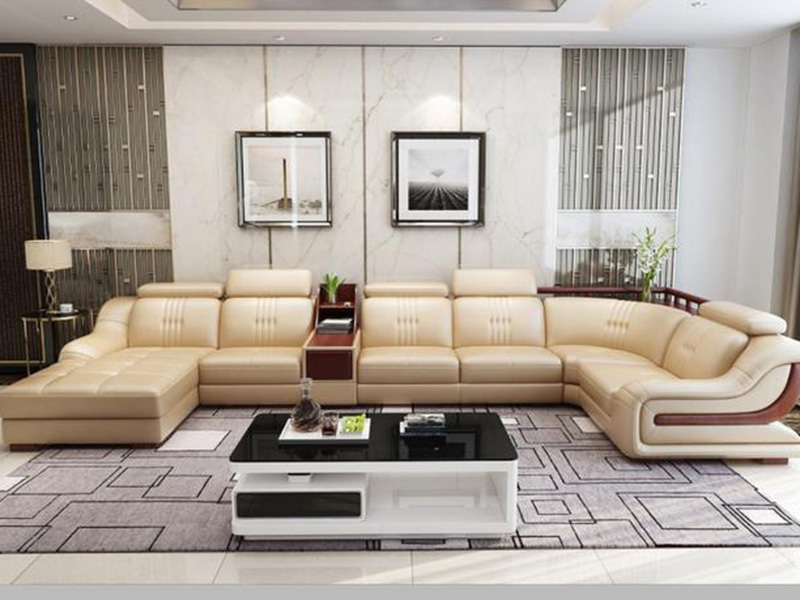 In conclusion, leather sofas have both advantages and disadvantages when it comes to house design. They are durable, easy to clean, and add a touch of sophistication to any room. However, they can be expensive and require regular maintenance. Ultimately, the decision to choose a leather sofa for your home depends on your personal preferences and budget. If taken care of properly, a leather sofa can last for many years and become a staple piece in your house design.
In conclusion, leather sofas have both advantages and disadvantages when it comes to house design. They are durable, easy to clean, and add a touch of sophistication to any room. However, they can be expensive and require regular maintenance. Ultimately, the decision to choose a leather sofa for your home depends on your personal preferences and budget. If taken care of properly, a leather sofa can last for many years and become a staple piece in your house design.
